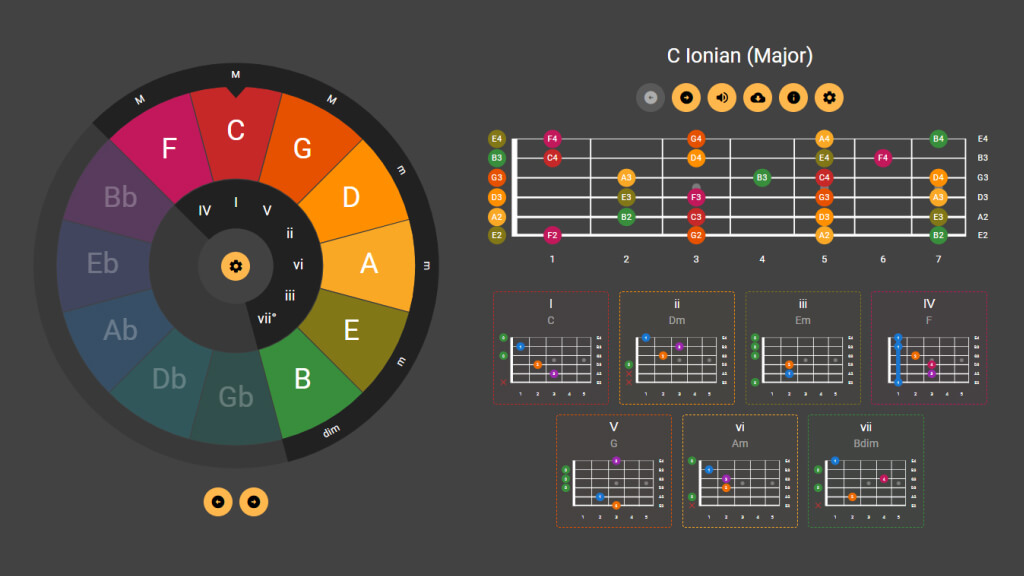Formula and Structure of the Gm11 Chord
Interval formula from the root note: 1 — b3 — 5 — b7 — 9 — 11. The chord consists of the following notes:
- G — unison and the main tonal anchor.
- Bb — minor third with a melancholic character and gentle lyricism.
- D — perfect fifth, stabilizing the triad and adding tonal grounding.
- F — minor seventh with dominant pull toward the tonic.
- A — major ninth, opening the top line and adding airiness to the texture.
- C — eleventh with a spicy fourth above the octave, best voiced apart from the third.
Together, these notes form the harmonic foundation of the Gm11 chord, defining its sound and role in the musical context.
Alternative Names for the Gm11 Chord
There are no alternative names for this chord.
Using the Gm11 Chord
Place the 11 above the b3 to preserve clarity. Works in wide voicings and slow tempos where there’s room for a “breathing” sound. Great for long suspensions, especially if the melody in the top voice interacts with the 11. You can add the 9, but keep it separated from the b3.
Conclusion
Gm11 is an expressive and versatile chord. Learn several fingerings, experiment with different positions and voice spacing, then try weaving it into your own playing — this will help you quickly find your unique tone.













